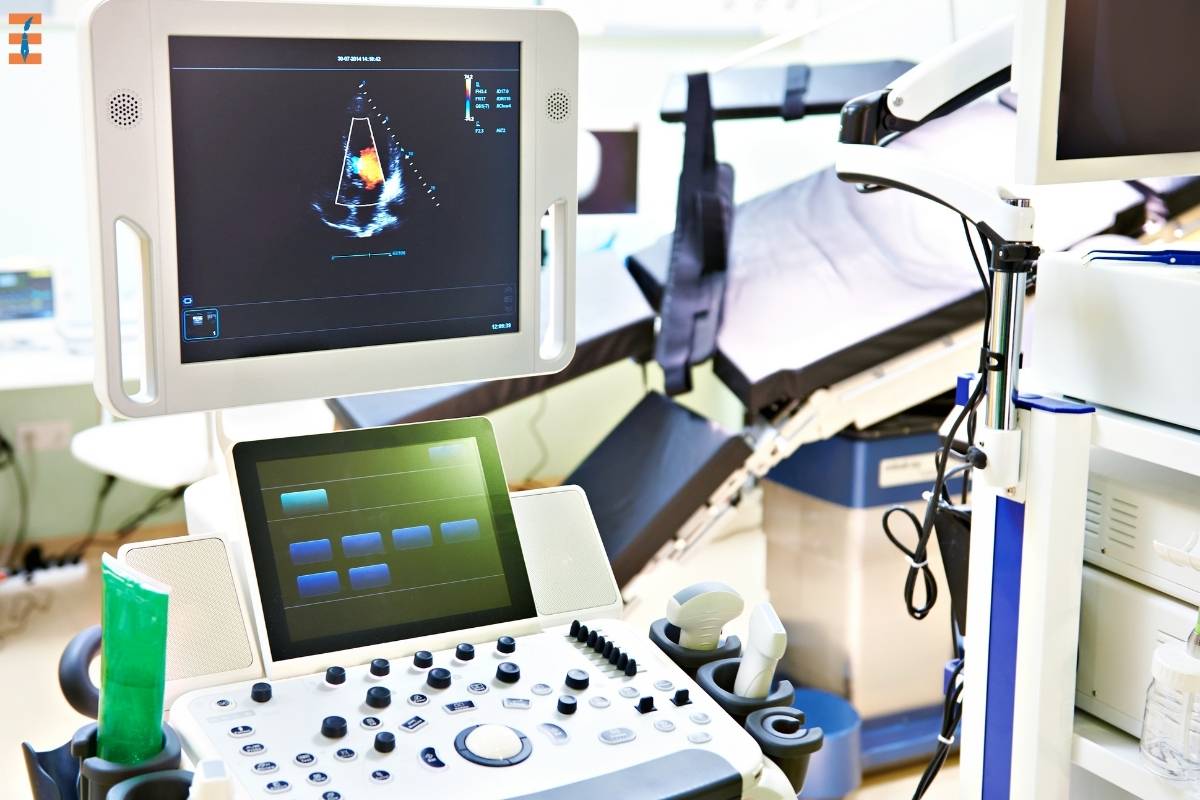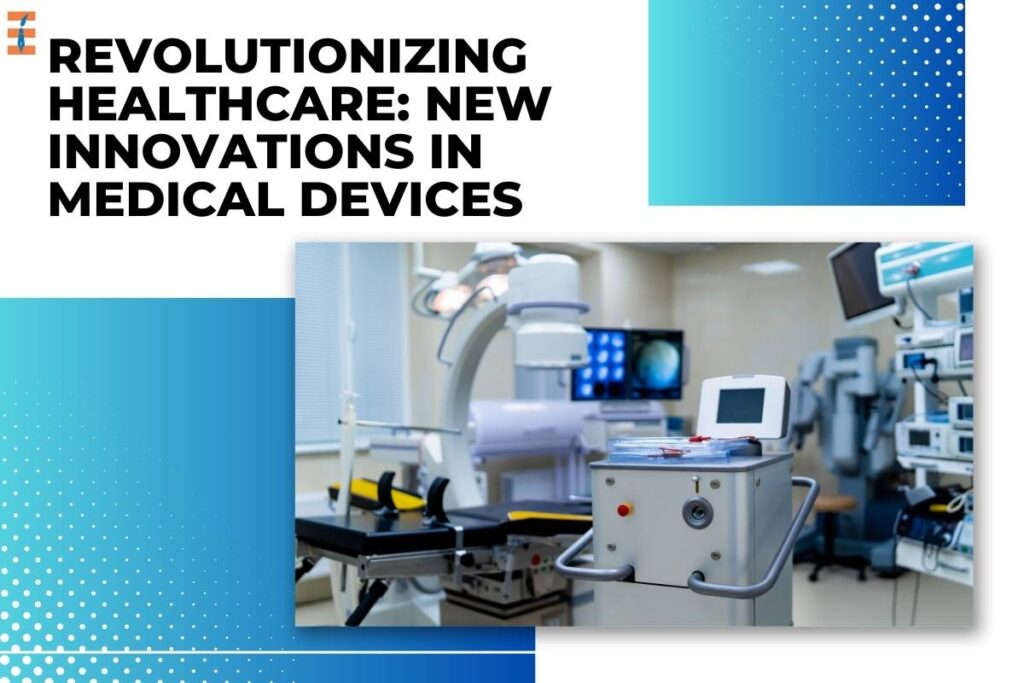In the ever-evolving landscape of healthcare, new innovations in medical devices are continuously transforming the way we diagnose, treat, and manage diseases. These advancements not only enhance the quality of patient care but also streamline medical processes, making them more efficient and effective.
This article will help you learn about some of the groundbreaking innovations in medical devices, exploring how they are reshaping the healthcare industry and improving patient outcomes.
The Evolution of Medical Devices
Medical devices have come a long way from the simple tools used in ancient times. New innovations in medical devices and the integration of technology into healthcare have accelerated the development of sophisticated devices that can perform complex tasks with high precision. The journey from rudimentary tools to modern-day marvels is marked by significant milestones, each contributing to the current state of medical technology.
Early Innovations
- Ancient civilizations used simple instruments like scalpels and forceps for surgical procedures.
- The 19th century saw the invention of the stethoscope, a pivotal moment in medical diagnostics.
The Digital Revolution
- The 20th century they introduced X-ray machines, MRI scanners, and ultrasound devices.
- These imaging technologies provided non-invasive methods for diagnosing a wide range of conditions.
The Rise of Smart Devices

- The 21st century has seen advancements in AI, robotics, and wearable technology.
- Smart devices now monitor vital signs, administer medication, and perform surgeries with minimal human intervention.
Breakthroughs in Diagnostic Devices
New innovations in medical devices have significantly impacted diagnostics, providing real-time, precise results crucial for effective treatment.
Portable Diagnostic Devices
- Compact and user-friendly devices enable point-of-care testing.
- Portable blood glucose monitors revolutionize diabetes management by allowing regular blood sugar level monitoring.
Wearable Health Monitors
- Devices like smartwatches and fitness trackers collect data on heart rate, blood pressure, and physical activity.
- Wearables can detect early signs of health issues and alert users to take preventive measures.
Advanced Imaging Technologies
- 3D imaging and high-resolution MRI scanners improve diagnostic accuracy.
- AI-powered imaging software analyzes scans and identifies patterns that might be missed by the human eye.
Innovations in Therapeutic Devices
Therapeutic devices have also benefited from new innovations in medical devices, providing more effective treatment options for patients.
Minimally Invasive Surgical Devices
- New innovations in medical devices have led to the development of tools that allow surgeons to perform complex procedures through small incisions.
- Robotic surgery systems, such as the da Vinci Surgical System, provide enhanced precision and control, making surgeries safer and recovery times shorter.
Implantable Devices

- New innovations in medical devices have transformed implantable devices, such as cardiac pacemakers and implantable cardioverter-defibrillators (ICDs), which help manage heart rhythm disorders.
- Cochlear implants, another result of new innovations in medical devices, restore hearing for individuals with severe hearing loss, significantly improving their quality of life.
Advanced Drug Delivery Systems
- New innovations in medical devices have led to advanced drug delivery systems that ensure medications are delivered precisely where needed, maximizing their effectiveness.
- Insulin pumps, a prime example of these innovations, provide continuous insulin delivery for diabetes patients, maintaining optimal blood sugar levels and improving their management of the condition.
The Impact of AI and Machine Learning
AI and machine learning (ML) are at the forefront of new innovations in medical devices, revolutionizing healthcare by providing insights that were previously unattainable.
Predictive Analytics
- AI and ML analyze vast amounts of data to predict disease outbreaks, patient outcomes, and treatment responses.
- Predictive analytics enable healthcare providers to make data-driven decisions and implement preventive measures.
Personalized Medicine
- AI helps tailor treatments to individual patients by analyzing genetic information and other data.
- Personalized medicine ensures effective therapies with minimal side effects.
Remote Patient Monitoring
- AI-powered monitoring systems track patients’ health in real time.
- These systems detect anomalies and alert healthcare providers to intervene promptly.
The Role of Robotics in Healthcare
Robotics is another area where new innovations in medical devices are making a profound impact.
Surgical Robots
- Surgical robots, such as the da Vinci Surgical System, provide enhanced dexterity and precision.
- Benefits include reduced pain, shorter hospital stays, and faster recovery times.
Robotic Prosthetics
- Robotic prosthetics mimic the natural movement of human limbs using sensors and AI.
- Innovations in materials and design improve comfort and durability.
Robotic Rehabilitation Devices
- These devices provide targeted therapy, guiding patients through exercises and tracking progress.
- Personalized rehabilitation plans accelerate recovery and improve outcomes.
Challenges and Future Directions
While new innovations in medical devices hold great promise, they also present challenges that must be addressed to fully realize their potential.
Data Privacy and Security
- Ensuring patient data protection from breaches and unauthorized access is critical.
- Robust security measures are needed to safeguard sensitive information.
- With increasing connectivity, the risk of cyberattacks on medical devices grows, necessitating enhanced cybersecurity protocols.
- Healthcare organizations must implement comprehensive data governance policies to protect patient privacy.
Regulatory Compliance
- Medical devices must meet stringent regulatory requirements to ensure safety and effectiveness.
- Collaboration between regulatory bodies and industry stakeholders is essential.
- Navigating the complex regulatory landscape can delay the introduction of new devices to the market.
- Continuous updates to regulations are required to keep pace with rapidly evolving technologies.
Cost and Accessibility
- The high cost of development and implementation can limit accessibility.
- Efforts to reduce costs and make technologies available to a broader population are needed.
- Innovative funding models and subsidies can help lower the financial barriers for both manufacturers and patients.
- Ensuring equitable access to advanced medical devices in underserved regions is crucial for global health improvement.
The Future of Medical Devices

- Emerging technologies such as nanotechnology, bioelectronics, and regenerative medicine hold immense potential.
- Collaboration between researchers, healthcare providers, and technology companies will drive innovation.
- Ongoing investment in research and development is essential to unlock the full potential of these cutting-edge technologies.
- Interdisciplinary partnerships will be key in addressing complex healthcare challenges and fostering breakthrough innovations.
Conclusion
New innovations in medical devices are revolutionizing the healthcare industry, offering unprecedented opportunities to enhance patient care and outcomes. From advanced diagnostic tools to therapeutic devices and AI-powered solutions, these technologies are reshaping the way we approach healthcare. While challenges remain, the potential benefits of these innovations are immense. As we continue to push the boundaries of what is possible, the future of healthcare looks promising, with new medical devices at the forefront of this transformation.










